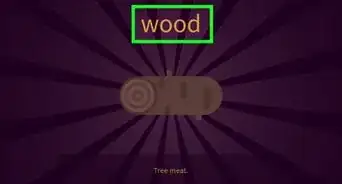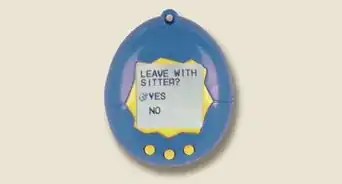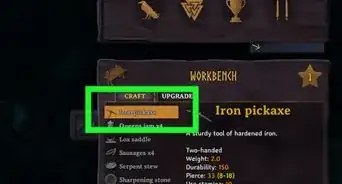This article was co-authored by wikiHow Staff. Our trained team of editors and researchers validate articles for accuracy and comprehensiveness. wikiHow's Content Management Team carefully monitors the work from our editorial staff to ensure that each article is backed by trusted research and meets our high quality standards.
There are 9 references cited in this article, which can be found at the bottom of the page.
This article has been viewed 29,804 times.
Learn more...
If you like espionage, intrigue, and word-clues, then Codenames is the game for you! It’s action-packed and super fun to play with a group of friends. Codenames involves giving clever clues to help your team identify friendly secret agents and avoid the deadly assassin. You can play with the official Codenames card deck, online, or through the Codenames app on your smartphone or tablet. And it’s not too difficult to learn. To make it even easier, we’ve put together a handy list for you to use to set up and play a fun round of Codenames.
Steps
Community Q&A
-
QuestionHow long does Codenames take to play?
 LinnieTop AnswererIt takes roughly fifteen minutes to play a game of Codenames. This is the estimated time given on the game's box.
LinnieTop AnswererIt takes roughly fifteen minutes to play a game of Codenames. This is the estimated time given on the game's box.
References
- ↑ https://www.ultraboardgames.com/codenames/game-rules.php
- ↑ https://www.ultraboardgames.com/codenames/game-rules.php
- ↑ https://www.ultraboardgames.com/codenames/game-rules.php
- ↑ https://youtu.be/J8RWBooJivg?t=40
- ↑ https://youtu.be/J8RWBooJivg?t=52
- ↑ https://youtu.be/J8RWBooJivg?t=108
- ↑ https://czechgames.com/files/rules/codenames-rules-en.pdf
- ↑ https://czechgames.com/files/rules/codenames-rules-en.pdf
- ↑ https://youtu.be/J8RWBooJivg?t=182
About This Article
To play Codenames, you'll need 2 teams, one red team and one blue team, with at least 2 players on each team. Each team will try to identify and contact their team’s secret agents by guessing their code names based on one-word clues. The team that correctly identifies their agents first wins! Each team should choose one player on their team to be the “spymaster,” whose job is to provide the one-word clues for their team. The spymasters must sit next to each other, separately from their teams on the other side of the table. Shuffle the codename cards and place 25 of them in a 5 by 5 grid on the table, face-up. Then, one of the spymasters shuffles the “key” cards and draws one at random. The spymasters can look at this key card, but they cannot reveal it to the other players. The key card depicts a 5 by 5 grid of squares and represents the cards in play. Blue squares are agents for the blue team, red squares are agents for the red team, and the blank squares are “innocent bystanders,” and they do not count for or against the team that chooses them. The black square is the assassin. If a team accidentally chooses the assassin square, they lose. Set the blue and red “agent” cards down in front of their team’s spymaster, alongside the “bystander” cards and the “assassin” card. The color surrounding the selected key card determines which team goes first. The spymaster for the starting team assesses the tiles on the board and provides a one-word clue followed by a number. The clue should hint towards words on the cards that relate to their agent. The number they provide tells their team how many cards pertain to this clue. For example, if the starting team has agents with the codenames “tablet” and “phone,” the spymaster may say “electronics 2.” After the spymaster has provided the clue and number, their team openly discusses which cards they think the clue hints at. Once they've agreed on a card, the spymaster places the corresponding agent, bystander, or assassin card on top of it. The team is allowed to pass if they don’t find any good fits for the clue, and they can always make one more guess than the number announced by a spymaster. If a team guesses a card that is a the other team’s agent card or a bystander card, their turn ends. After the first team has finished guessing and all appropriate agent cards have been placed on the board, the next team’s spymaster provides a clue and their team guesses. Play continues until one team finds all of their agents and wins or until one team mistakenly selects the assassin card and loses.

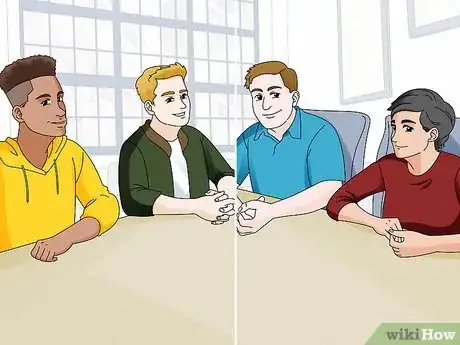
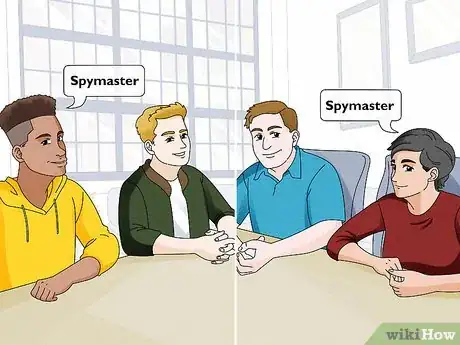
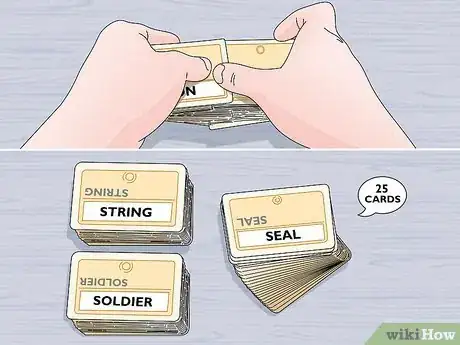
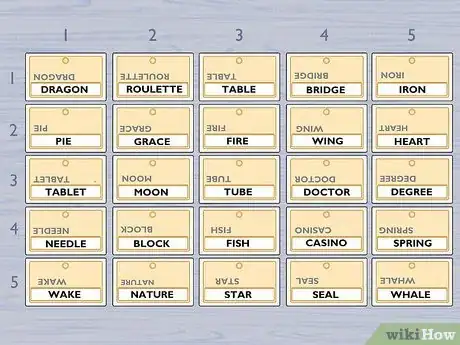

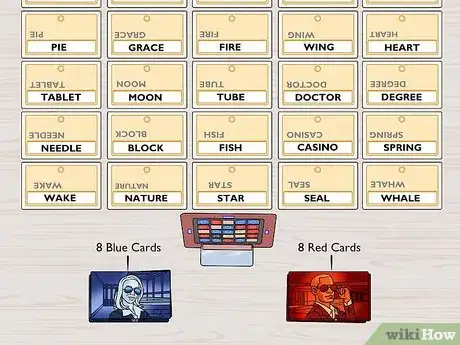
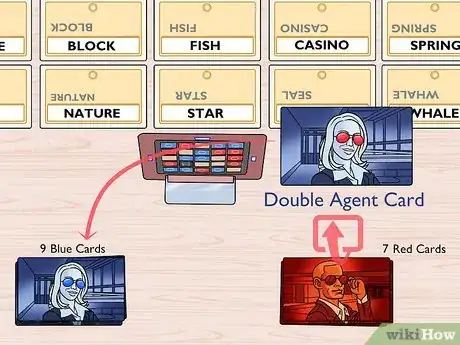
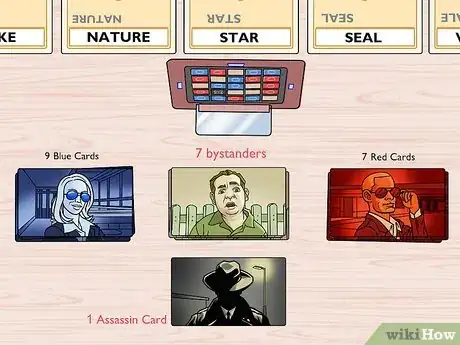
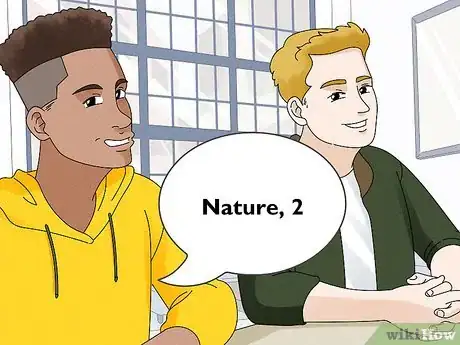
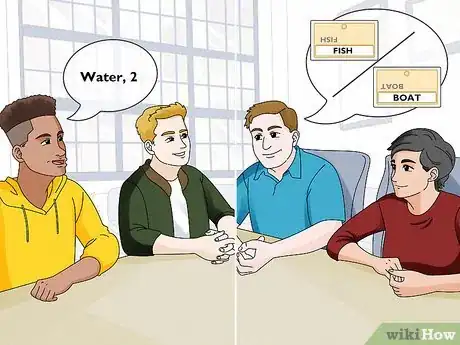
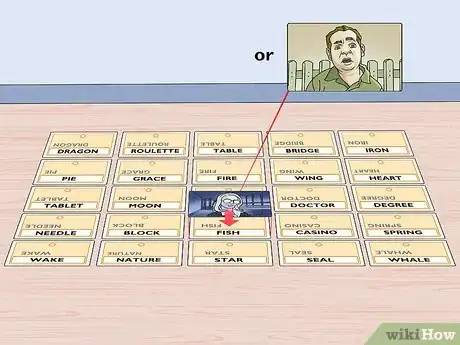
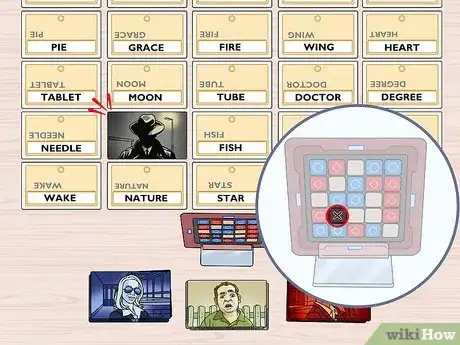








-Step-13.webp)


